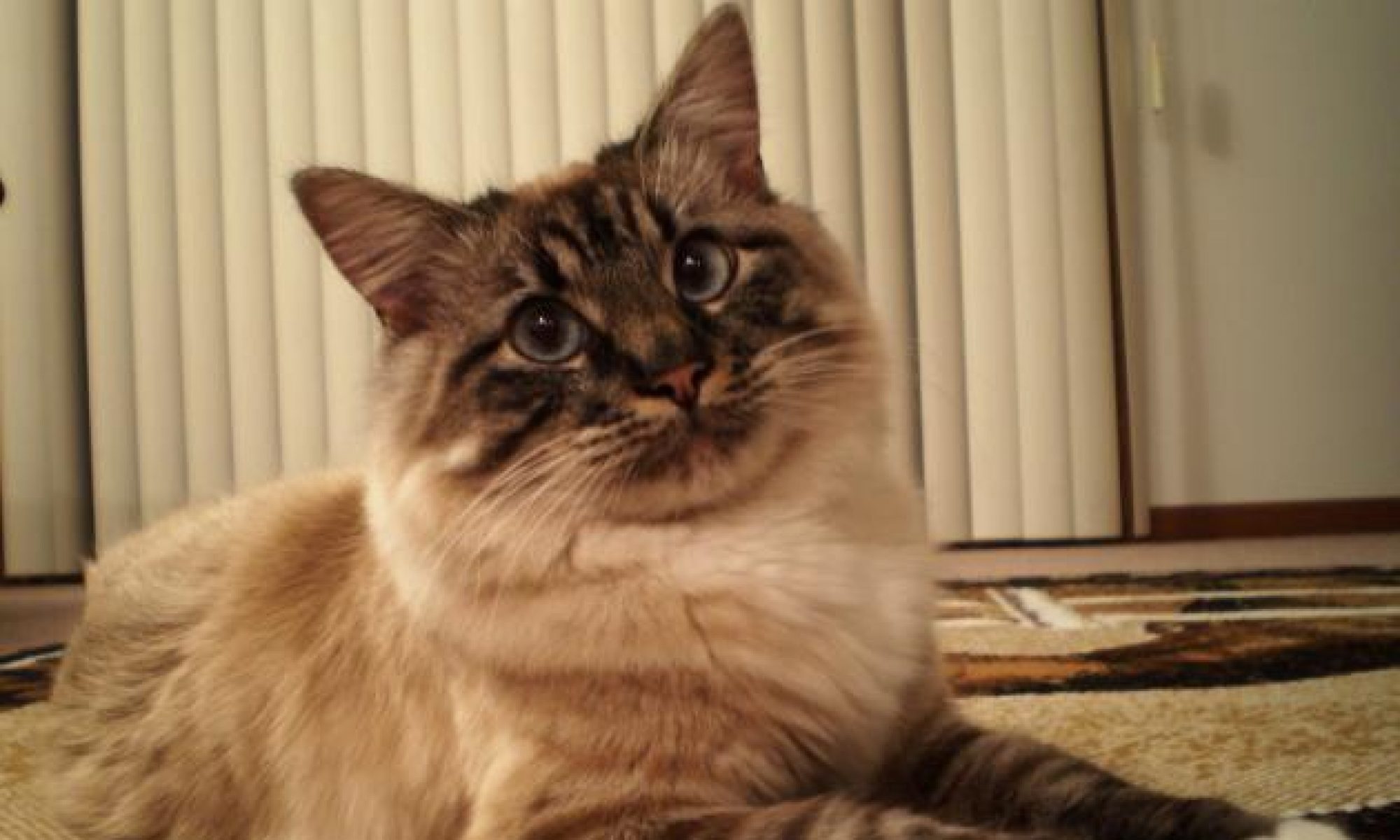Molt: To shed a cuticle or exoskeleton during a growth phase.
Molt: To cast or shed the feathers, skin, or the like, that will be replaced by a new growth. In snakes, molting refers to “shedding the skin”. In birds, the replacement of all or some of a bird’s feathers is called a molt. Molting is affected by a number of factors, including an animal’s age, sex, reproductive status, and environmental effects.…




